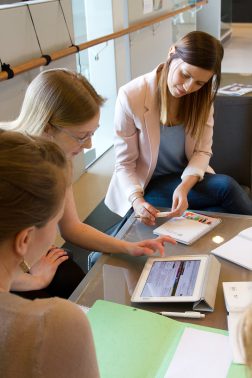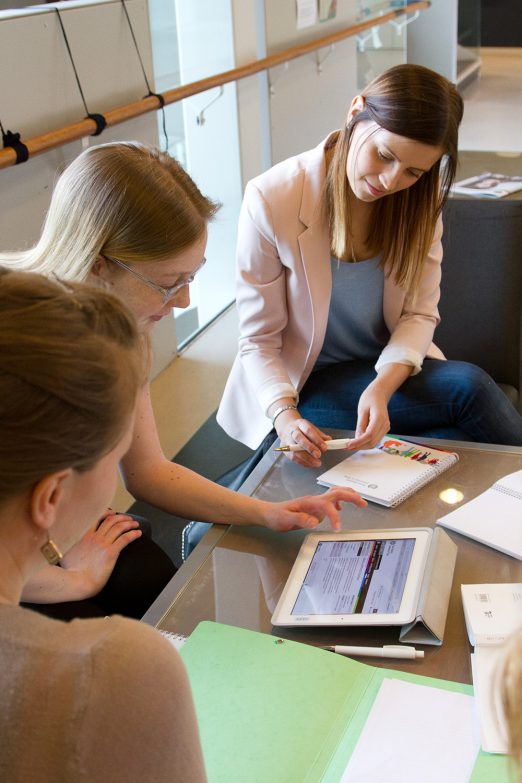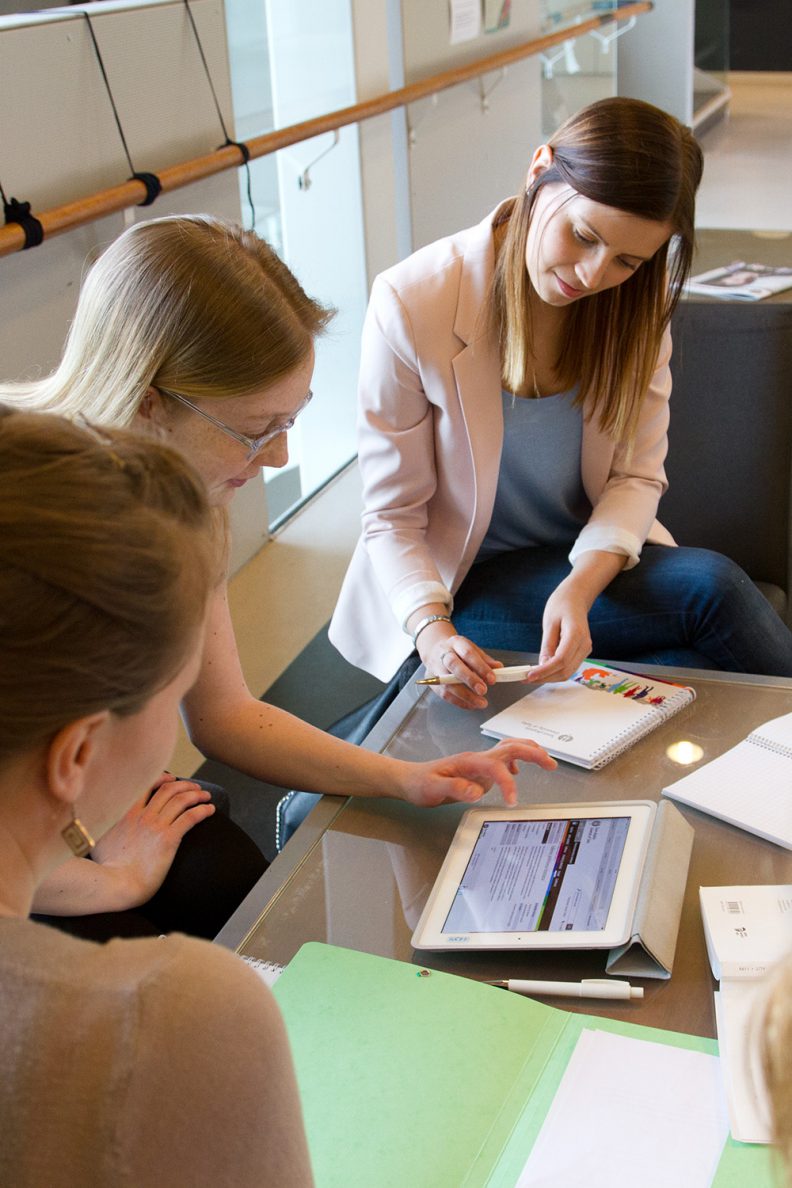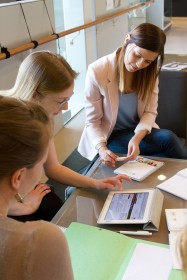Examination requirement and course materials
You can watch the lecture videos of the course (3) in the Moodle. The course includes articles that can be studied in three different alternative ways.
1) Study circle and essay as a group work OR
2) Essay as a individual work OR
3) Moodle exam.
Study circle and essay
In study circle work, 3–5 students meet face-to-face or online in the reading circle to discuss the course articles together five times or more, and there is self-study between the meetings. The distribution of articles students can share them among readers. The study circle writes an essay in collaboration, which is assessed numerically by the teacher on a scale of 0–5. The essay follows the general guidelines for writing an essay. Alternatively, the essay can also be done independently as individual work. The length of the essay is about 20 pages for group work and about 12 pages for individual work (from introduction to reflection).
Study circle is often called a self-study group. People who want to gain new knowledge/skills in a particular field or solve a particular problem meet regularly in small groups (Study Circles) in order to work together on a chosen topic without a teacher. Work of such a group is enriched by knowledge and experience of each member, which allows to look at a given topic from many different perspectives. The Study Circle method makes an assumption that everybody has some knowledge and experience, which he/she can share with others.
Members of a group choose a leader from among their number who will be responsible for the group and its results. Activities of a group are supported by a facilitator who is a representative of an institution organizing learning process. Each group spends about two months working on a particular topic. Meetings usually take place once in a week. One meeting lasts one and a half hours (2x45min=1½ hours). The method is based on the contribution of every group member. Participants share their knowledge and skills. They also share duties and responsibilities – collectively they choose necessary materials, set a work program and a schedule of meetings. Work of every group is concluded by evaluation of results.
Often there is no teacher, but one member usually acts as facilitator to keep discussion flowing and on track, and ensure that everyone has an opportunity to become as involved as he or she desires to be. Reading material and audio/visual aids are often used to stimulate dialogue.
A self-study group relies on the potential of group members. Conditions in a group allow participants to freely exchange knowledge and skills. Thanks to that, involvement of external experts, trainers or consultants is not necessary (although it is not excluded). Study circles allow complex topics to be broken down into manageable parts. Single session programs can result in meaningful and productive dialogue, but study circles usually involve multiple sessions in order to fully investigate the question at hand.
Once study circle programs get started, they usually grow larger and stronger — people come to enjoy working together on a common goal. Study circle participants often talk about how quickly the time passed, since the discussion was focused, honest, and productive. They also talk about how much fun they had getting to know one another.





Moodle exam
Alternatively, the course can be completed as a Moodle exam. Moodle exam are carried out individually in the Moodle learning environment within a given date and timeframe. You can see the dates of the exams in the schedule. The completed exam answer is saved and sent to the teacher for evaluation.The exam is evaluated numerically on a scale of 0–5. Please, register for the Moodle exam with the Academic Affairs Secretary no later than 7 days before the exam, taru.wester@utu.fi.
In the Moodle exam, the exam is taken at home from your own computer and the questions come in a separate Moodle exam link. Moodle exam allow the use of study materials. The exam questions are formulated in a way that answers cannot be found directly from the books but require an ability to combine and deduce information to answer the questions. Students prepare for a Moodle exam as for any other type of examination.
Read the exam instructions carefully before starting the exam. The response time is two days from the opening of the exam to its closing. The exam is answered in the form of an essay according to the instructions. It is recommended to write the answer first with a word on your own computer and then copy and paste the answer into the Moodle exam answer box. The course articles (not direct quotations) are used as the source. Each exam answer is on its own page. The answer is saved by clicking on the ”Seuraava” (Next) function. As a precaution, it is a good idea to save your response without sending it as often as possible (approximately every 10 to 15 minutes) to ensure that the text is saved even in the event of a network error. Use the “Palauta kaikki ja lopeta” (Restore All and Quit) feature when your exam answer is complete and you want to return all answers for evaluation. After returning the exam answers, the questions can no longer be answered.
Articles
1. Brock, A. 2012. Building a model of Early Years Professionalism from practitioner´s perspectives. Journal of Early Childhood research. Vol. 11 (1), 27–44. (in Moodle)
2. Irvine, S. 2013. The Family participation in child care project: educator views. The Family Participation in Child Care Project, Autumn, pp. 3–7.
3. Leinonen, J., Brotherus, A. & Venninen, T. 2014. Children´s participation in Finnish pre-school education – Identifying, Describing and Documenting Children´s Participation. Nordic Early Childhood Education Research Journal Vol. 7, No. 8, 1–16. (in Moodle)
4. Levy, R. & Thompson, P. 2015. Creating `buddy partnerships´ with 5- and 11-year old-boys: a methodological approach to conducting participatory research with young children. Journal of Early Childhood Research. Vol. 13 (2), 137–149.
5. Venninen, T. & Purola, K. 2013. Educators´ views on parents´ participation on three different identified levels. Varhaiskasvatuksen tiedelehti Journal of Early Childhood Education research. Vol. 2, No. 1, 2013, 48–62.
6. Hart, C. S., Biggeri, M. & Babic, B. (eds) 2014. Acency and Participation in Childhood and Youth: International Applications of the Capability Approach in Schools and Beyond. Bloomsbury Academic.








